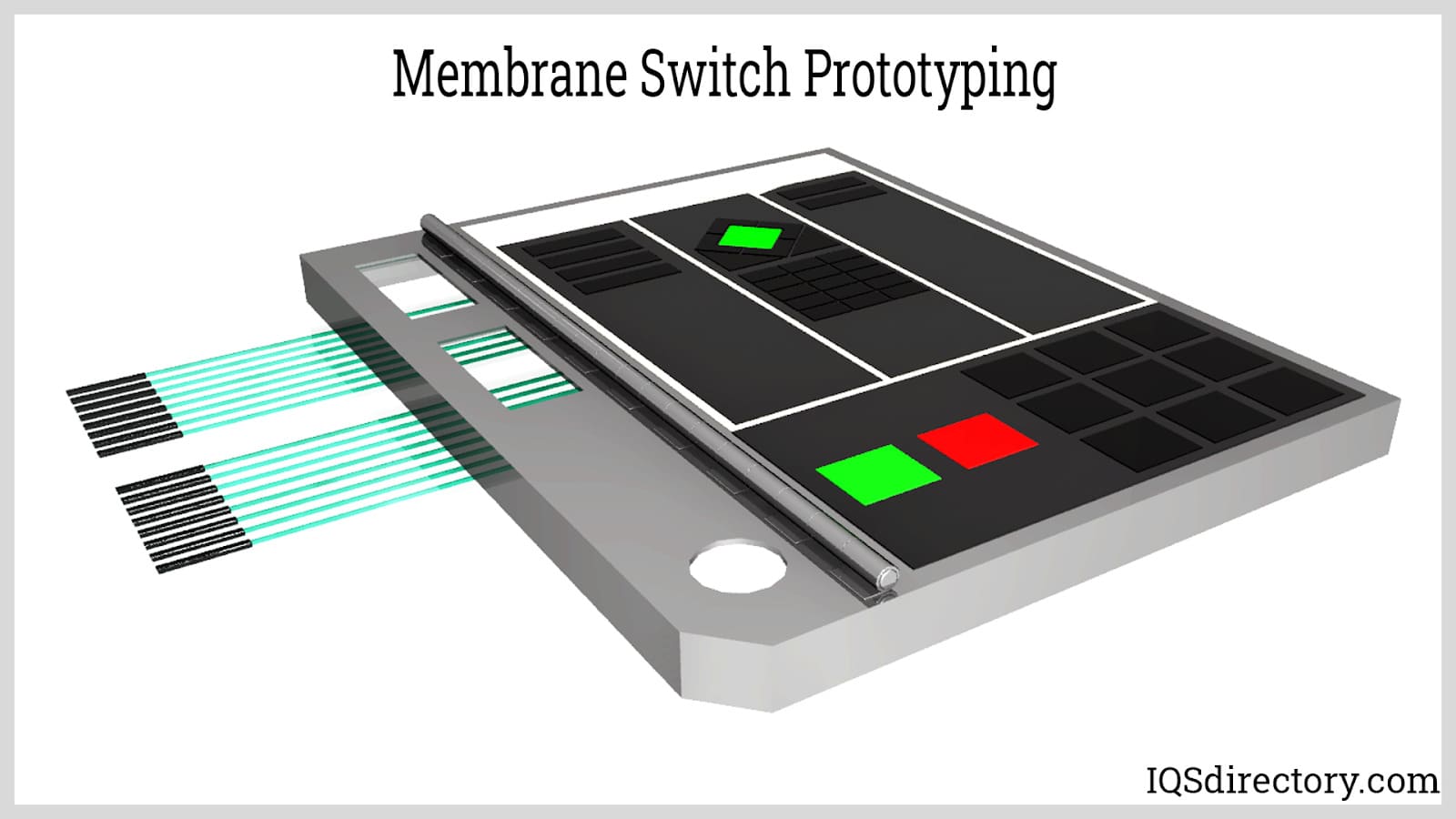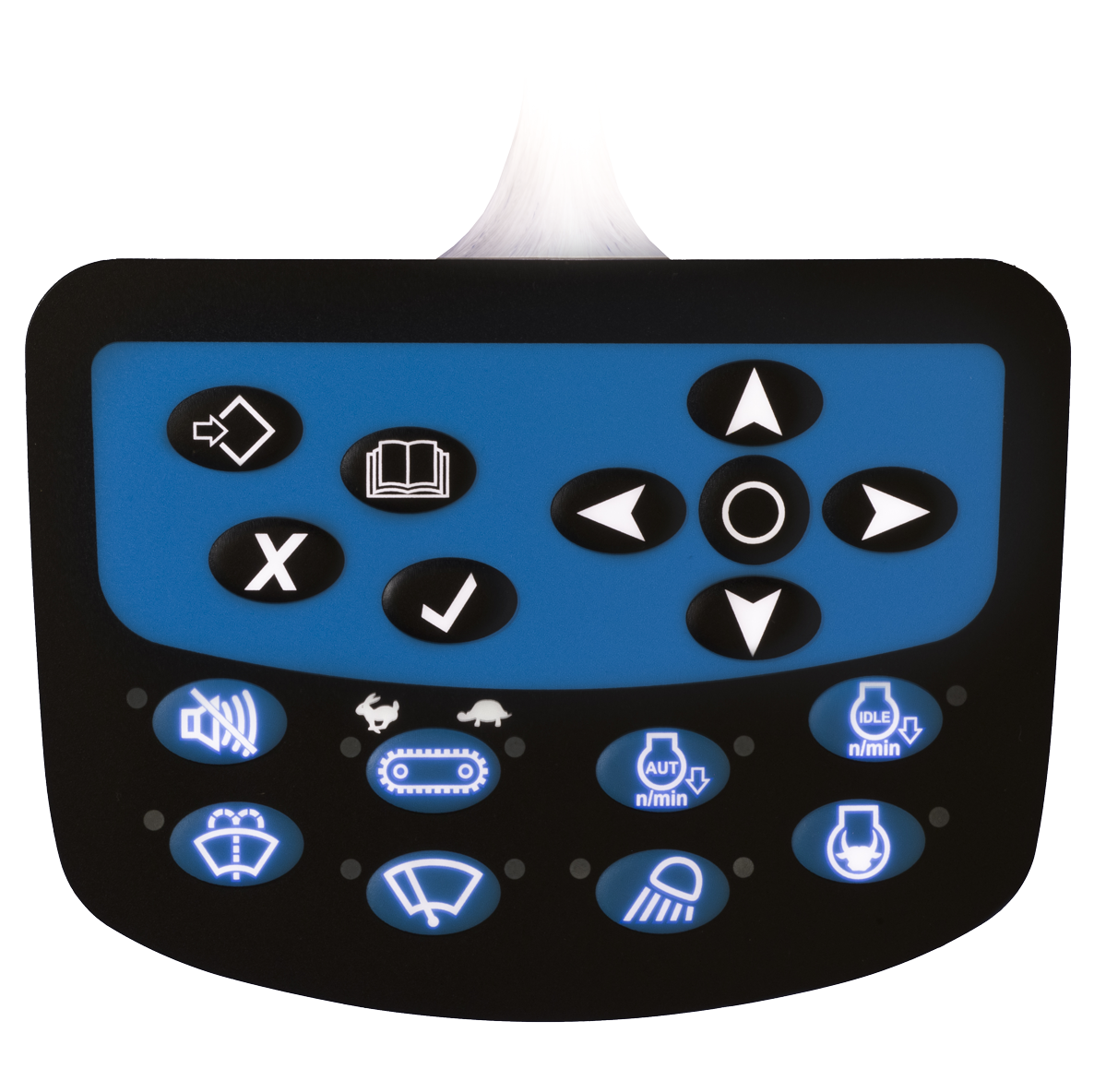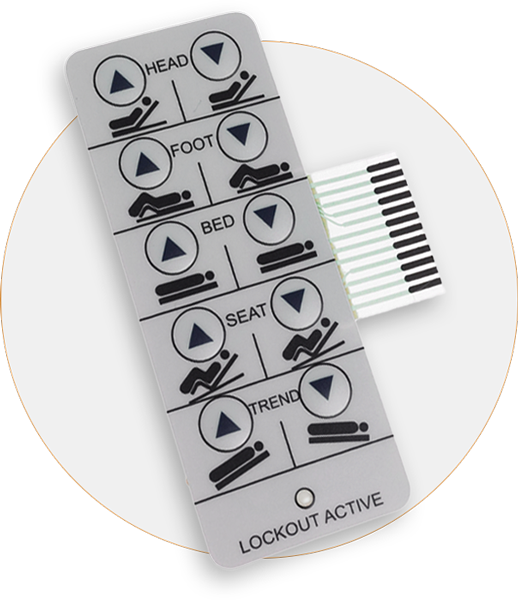Why Membrane Switches Are Vital for Durable Control Systems
Membrane layer buttons play a crucial role in guaranteeing the sturdiness and dependability of control systems throughout different industries. Their unique construction permits them to endure difficult environmental aspects such as humidity, temperature extremes, and physical wear. This strength not just prolongs the life expectancy of the systems they offer however additionally minimizes maintenance requirements. As we discover the diverse benefits of membrane switches, it becomes apparent that their value transcends mere performance, influencing customer experience and operational performance. What further implications do these characteristics hold for the future of control system design?
Overview of Membrane Layer Switches
Membrane layer switches are flexible and reliable elements commonly made use of in numerous electronic control systems. The graphic overlay provides both useful and visual design, while the spacer layer makes certain that the switches are triggered just when pushed.
Membrane buttons are usually favored in applications calling for a portable and lightweight layout, making them optimal for portable gadgets, clinical devices, and commercial machinery. They can be tailored to meet details customer requirements and can incorporate various attributes such as backlighting, responsive feedback, and multiple shades. Membrane switches are immune to dirt, dampness, and impurities, making them suitable for atmospheres where longevity is essential.
Advantages of Sturdiness
In lots of applications, the longevity of membrane layer changes deals considerable benefits that enhance their total performance and dependability. These switches are designed to hold up against harsh environments, making them perfect for use sought after problems such as high humidity, severe temperatures, and exposure to chemicals. Their robust construction helps to stop damages from physical impact, making certain long-lasting capability and decreasing the requirement for regular substitutes.
Additionally, membrane buttons are resistant to damage, which is important in applications where regular communication happens. This sturdiness converts to decrease upkeep costs, as organizations profit from minimized downtime and fewer service interruptions. In addition, the encapsulated design of membrane layer changes safeguards interior components from dust and moisture access, additional adding to their life-span.
An additional advantage is their capacity to preserve consistent efficiency with time. With a high resistance for mechanical anxiety, these switches preserve their tactile responses and electrical stability, guaranteeing user satisfaction. Eventually, the resilience of membrane switches over not just improves functional efficiency yet also promotes confidence in their dependability, making them a recommended choice for control systems throughout various markets.
Applications in Different Industries
Durable control systems using membrane buttons find considerable applications across a series of industries, each benefiting from the unique features these switches supply. In the clinical market, membrane switches are important for tools such as person screens and analysis equipment, where integrity and simplicity of cleansing are critical. Their resistance to moisture and pollutants ensures they preserve capability in sterilized atmospheres.
The automobile industry leverages membrane buttons for control panel controls and infomercial systems, where they give sleek, low-profile interfaces that improve customer experience. These buttons are additionally designed to endure severe problems, consisting of direct exposure to severe temperature levels and resonances.
In commercial setups, membrane layer buttons are commonly used in machinery control panels, providing tactile comments and toughness required for high-usage applications. Their capability to withstand chemicals makes them suitable for making settings where spills and impurities are frequent.

Customer electronic devices, such as kitchen area appliances and remotes, likewise utilize membrane switches for their flexibility and cost-effectiveness. On the whole, the adaptability and durable nature of membrane layer changes make them essential throughout numerous industries, making certain efficient operation and longevity in control systems.
Design and Aesthetic Appeal
While capability is paramount, the design and aesthetic allure of control systems geared up with membrane buttons play a crucial duty in customer engagement and overall experience (membrane switch). The visual style of these buttons can considerably influence individual assumption and communication. A well-designed membrane layer switch enhances the appearance of the device, making it extra attractive to users and cultivating a connection in between the user and the item
Membrane switches supply a large amount of adaptability in style, permitting makers to tailor graphics, colors, try this and appearances to line up with brand name identity and item aesthetic appeals. The use of lively colors and distinct patterns can draw attention, while responsive feedback can strengthen the user's communication with the tool. Furthermore, the capacity to integrate LED signs and backlighting right into the membrane switch style provides both practical and visual advantages, improving exposure and usability in various settings.

Enhancing Individual Experience

Furthermore, membrane buttons can be personalized to incorporate visual interfaces, enhancing usability by presenting information in a clear and intuitive manner (membrane switch). This customization can include symbols, tags, and shade coding that guide individuals with complicated functionalities effortlessly. In addition, their convenience permits for assimilation in numerous settings, making certain constant efficiency whether in industrial equipment or customer electronic devices
The durability of membrane layer buttons likewise plays an important function in individual experience. By standing up to severe conditions and extended use, these buttons minimize the probability of system failures, thus promoting integrity and customer confidence. Inevitably, the critical use membrane switches not just boosts functionality but additionally substantially enhances user interaction with control systems, making them an essential element in modern layout.
Final Thought
